There are several instances when you need to access an application that is open on your desktop but its window is not visible. This can often happen when you've connected multiple monitors but is also quite common when you're using a single one. Fortunately, moving a window that is off-screen is quite easy and there are several ways by which you can do so.
Method 1: Use Task View
The easiest way to bring a window that is off-screen in Windows 11 is to use the Task View option.
- Click on the Task View button on the taskbar to view all open windows. Alternatively, use the
Win + Tabshortcut.

- When all windows are visible, right-click on the off-screen window and click on 'Snap left' or any other snapping position you prefer.

- Once the window snaps to the position you set, press the
Esckey and then click on the Title bar of the window to drag it wherever you like. Now you can access the window from your desktop.
Win + Left arrow' or Win + Right arrow key repeatedly to bring it in front of you. Method 2: Use the keyboard shortcut
The Alt + Tab shortcut lets you navigate through all open applications on your screen.
- Press and hold the
Altkey and then press theTabkey multiple times until the application you want to select appears in front of you. - Then use the
Alt + Space + Mshortcut and your mouse cursor will appear with four arrows pointing in different directions. - Now you can move the window and bring it into the screen.
Method 3: Temporarily change the display resolution
- On your Windows 11 computer, right-click on a blank area and click on 'Display settings'.

- Now click on the dropdown menu on the right of the 'Display resolution' option and change it to a different resolution temporarily.
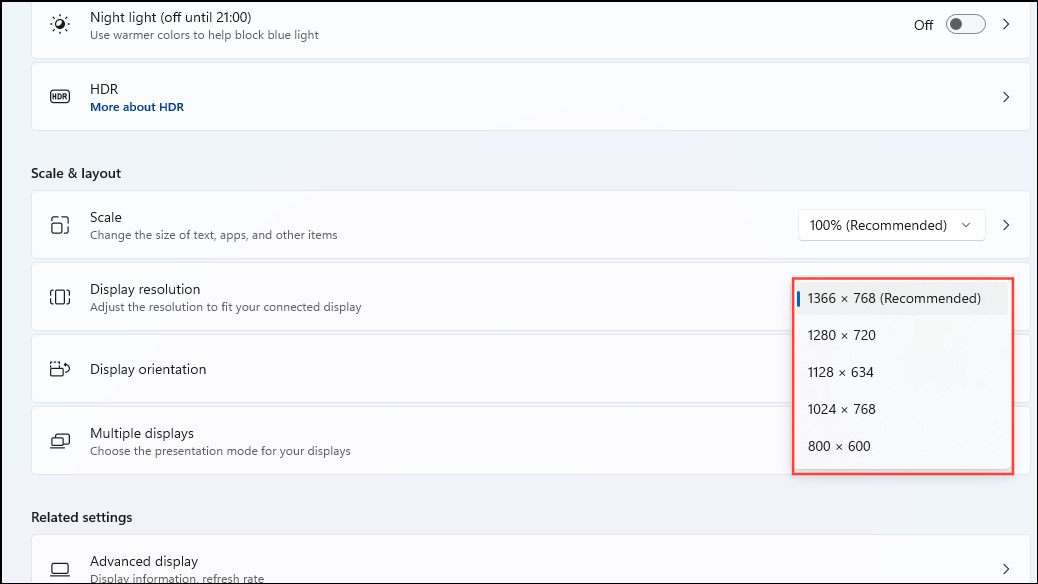
- Now the window should be visible, and you can drag it to the center of the screen before changing the display resolution to its default.
Method 4: Use the 'Show desktop' toggle
- Press and hold the
Windows keyand then press theD key. - Repeat the process and check whether the window you are looking for is visible again.
Method 5: Check your display configuration settings
If you're using multiple monitors, check and make sure your display settings are properly configured. It may be that the window you are looking for is open in the secondary monitor. Try disconnecting the secondary monitor after turning off the 'Extend these displays' option which will be present on the Display page in the Settings app when multiple displays are connected.
Method 6: Update your graphics driver
Sometimes outdated graphics drivers can cause problems and prevent you from seeing all open windows. Try updating your graphics driver by visiting the website of your PC manufacturer and downloading the latest drivers for your machine. Alternatively, you can use the Windows Device Manager to update your drivers.
- Right-click on the Start button and click on 'Device Manager'.
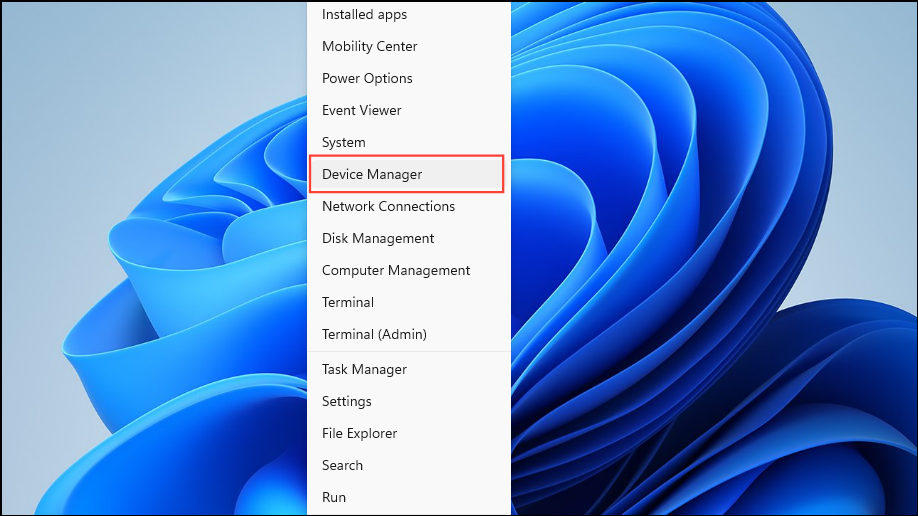
- Once the Device Manager opens, click on the 'Display Adapters' option to expand it and view installed drivers.
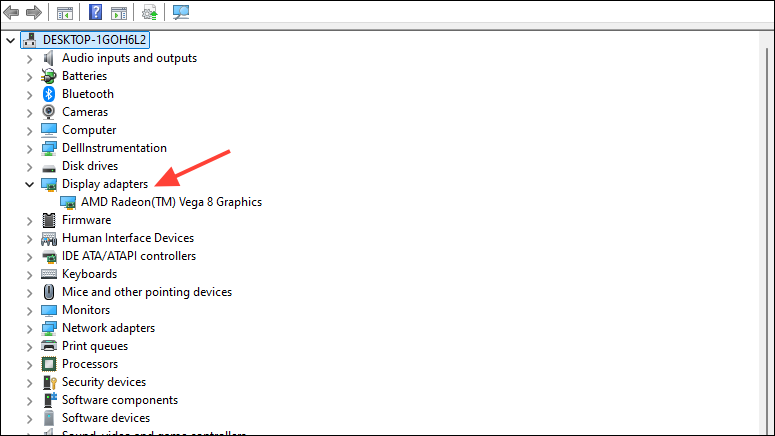
- Now, right-click on the driver and click on 'Update driver'.
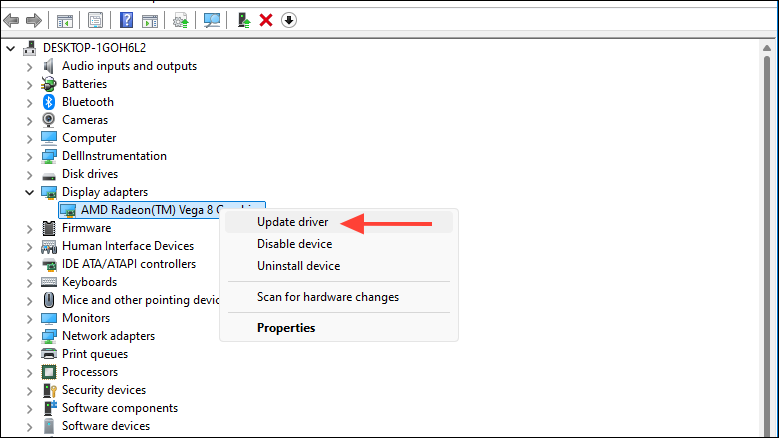
- In the pop-up that appears, click on 'Search automatically for drivers'. Wait for Windows to search for the latest drivers. If it finds them, it will install them and you will need to reboot your PC.
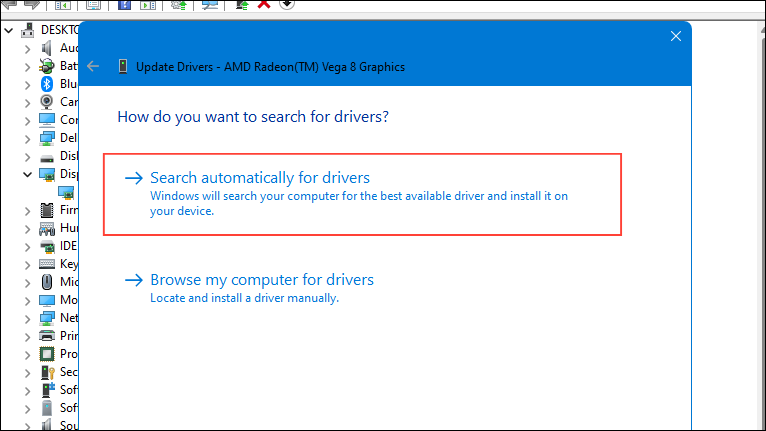
Things to know
- Many of the options that allow you to move a window that is off-screen in Windows no longer work in Windows 11.
- If you regularly need to use too many applications, causing multiple windows to remain open, you can move some of them to a second screen using the Task View feature.
- You can also close applications that are not visible on your screen using the Task Manager by right-clicking on the taskbar.


